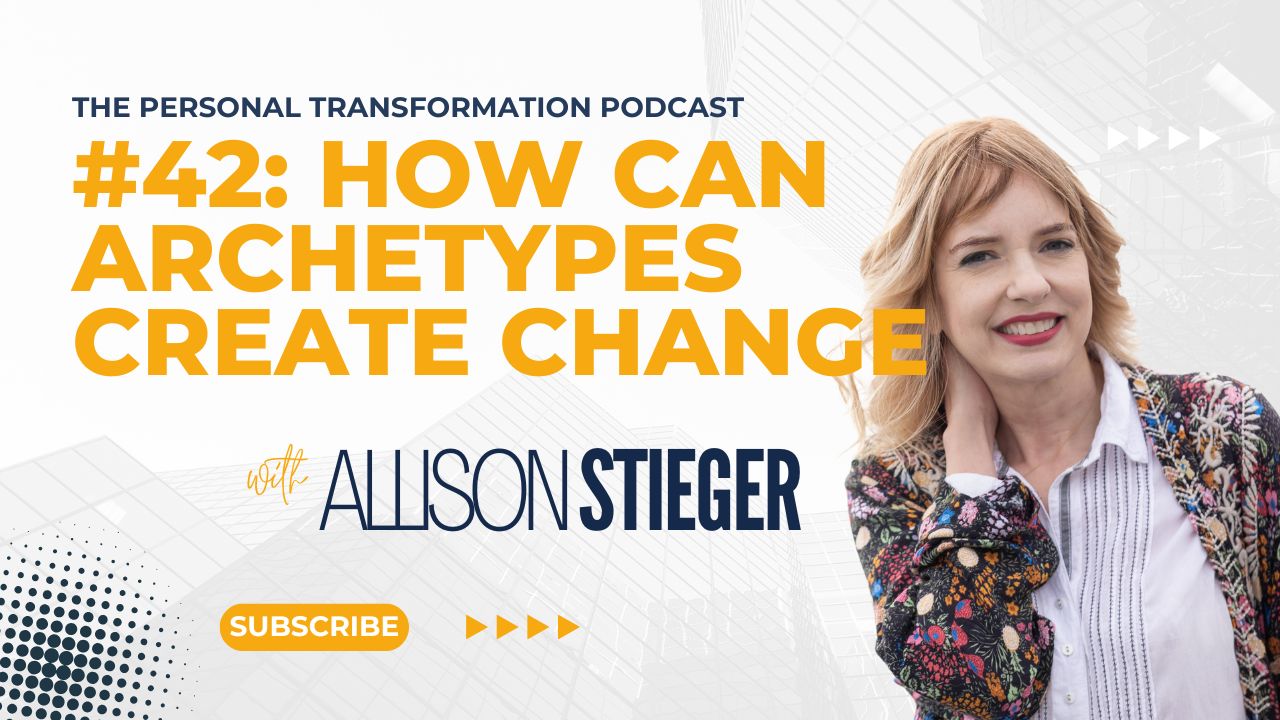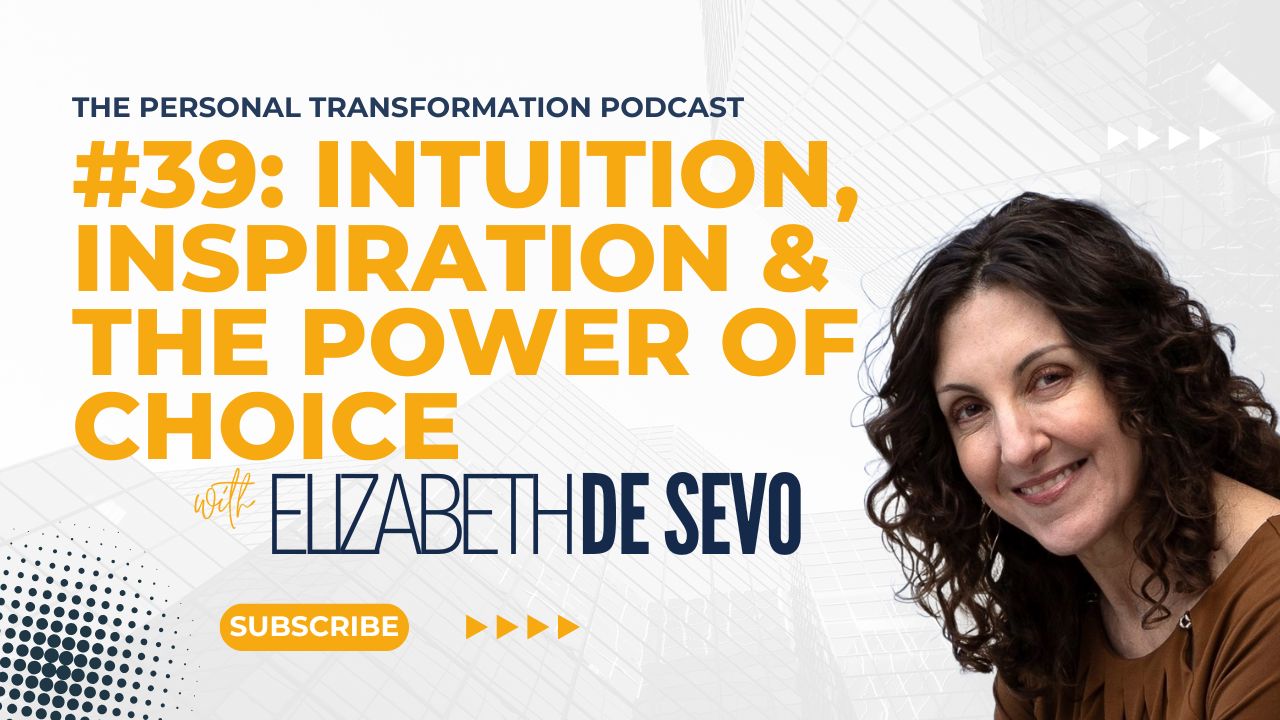If you are going to be setting goals, it is a great idea to learn how to create a vision board to support you in the pursuit of these goals. Creating a vision board is a simple process whereby you turn your goals into images, and then use these pictures to reinforce your goals on a regular basis.
Why you need a Vision Board
Writing our goals down is great, but seeing them in real life is even better.
Vision boards help us visualise the end result of our dreams and ambitions, showing us exactly what is possible if we stay on track and commit to our journeys. By converting words to images, we are able to fully associate to the motivations behind our actions, and this helps keep us on track for success, even when things get tough.
Which is more exciting to you. The word “beach” or the thought of walking barefoot through warm sand as the waves lap at the shore? Even the most elegantly arranged prose falls short of an image representing that which you dream of, and vision boards help capture that excitement and reflect it back to you whenever you look at them.
If you are serious about achieving your goals, and you have the motivation and willpower to work towards them, then having a vision board to focus your mental energy and resources is an important additional tool that only takes minutes to create.
What is a Vision Board?
Everyone’s vision board is different, but the key concepts remain the same. A vision board is a collection of images that reflect a person’s goals, ambitions, values, passions, and priorities.
When a person looks at their vision board, they are immediately reminded of everything they are working toward according to the context of the vision board. Some people have one big vision board that represents their entire life. Other people prefer to create separate vision boards according to the different areas they want to focus on, perhaps having one to support their personal goals, one for the things they wish to own or experience, or one related to the lifestyle they wish to live.
There is no set format to a vision board, and the creative ways to display these images are literally endless, so however you choose to format yours, the important thing is that it is a good reflection of the things you want to achieve in life.
Do Vision Boards Really Work?
Although vision boards may not magically make all your dreams come true immediately, they do have an additive effect to goal setting. Think of it as you would taking a sport supplement – pointless if you don’t get all the fundamentals right first.
Here are 5 ways that vision boards can help you to achieve your goals:
– The process of creating a vision board reinforces and clarifies your goals so they are even more compelling for you.
– The images help condition your brain to focus on information that is related to your goals.
– Looking at the images help keep us motivated and focused to work on their accomplishment and realisation.
– Visualisation helps us create a new self identity that we will ultimately behave in alignment and accordance with.
– The images give us the belief that success is possible, and therefore we are more likely to follow through.
Visualisation has been shown to be a powerful tool in so many fields, and using a vision board is just another way that we can apply these visualisation techniques. Each time you look at your vision board, your brain is creating those neuroassociations that reinforce your beliefs and behaviour patterns, ultimately making it easier for you to do the things you need to do to achieve your goals.
What can you include on a Vision Board?
Think about an area in life where you want to experience greater levels of success. Now ask yourself what would help you visualise those successes? What would remind you of why these goals are important? What would fill you with motivation and inspiration to continue the pursuit of these worth dreams?
Most vision boards are created with a combination of images and quotes, although you technically could include anything such as symbols, colours, even textures and sounds (if you are not making digital boards). You don’t even need to limit the board to being 2D if you want to include elements that pop out of the board.
Where you get these images from isn’t important. Cut them out of a magazine. Print them off the internet. Rip the page out of a brochure.
For the quotes, try and get these all in one image (sticking individual letters and words together has a little bit of a kidnapper/serial killer vibe that might not create the emotions we are looking for here).
Ultimately, if you can stick it on a board, it can be part of your vision board.
How to create a Vision Board
Ok, hopefully you are now sold on the idea of creating a vision board to support you in working toward your goals. Now let’s look at the simple 4-step process of how you pull it together.
Step 1. Identify your Goals, Values or Priorities
The first step is figuring out what you want to include on your vision board. By going through a goal setting process you can get clear on your priorities, and this is ultimately what you will want to represent visually. Check out my goal setting workbook or wheel of life exercise if you want an easy way to complete this first step. You can either create one big vision board for all your goals, or separate them into the different areas you want to focus on, so identify your goals and move onto the next step accordingly.
Step 2. Find images and quotes that reflect your goals
Next you will want to find images that visually represent the result you want to achieve. If your goal is to own a house, find an image of your dream house, or rooms within the house decorated the way you would like. The more accurate the imagery, the more powerful the vision board, so spend time going through Google Images or Pinterest boards that relate to your goals. For quotes, these can easily be found on Google, or you could use Canva and create your own if you want them in a particular font or colour. You can also use metaphors, rather than images that directly reflect your goals. If you want to travel more, display a passport with lots of stamps, or a compass and a map if you want to be more adventurous. As long as the images connect with you and how you see your goals, it doesn’t matter what they look like.
Step 3. Assemble images together on board
Once you have all the images, simply arrange them on your board in a way that is visually appealing to you. Some people like to make them overlap and free flow. Others prefer a more ordered approach with images in grids. Some like to group images together in themes. Others prefer to spread the images out so wherever you look you get reminded of all of your goals. Once you know where you want your images, stick them down (or hit ‘save’ if doing this digitally).
Step 4. Display your vision board
The final step is putting your vision board on display in a place where you can see it regularly. The final format isn’t as important as the point you will want to refer to it as often as possible, so think how you could potentially display your vision board in the following ways:
– large poster on a wall
– desktop or screensaver on your computer
– turn a whole wall into a vision board
– phone or tablet background
– portable vision board you keep in your wallet/purse
What to do with your Vision Board after you create it
Even by just creating a vision board, you have begun to reinforce your goals in your mind and program your brain to support you in their accomplishment. However, vision boards are designed to be referred to regularly to keep our motivation topped up, our goals clear in our mind and the reasons why we work salient in our imagination. Think about looking at your vision boards at these moments in time:
– First thing in the morning. Get into the right frame of mind for the day, full of optimism and motivation.
– At the end of the day before bed. Program your unconscious to dream of success and how to acheive it.
– When feeling demotivated. Reconnecting with your why is bound to help you feel excitement and buzz for your future.
– When making a big decision. How would your ideal self approach the choice you are being faced with?
– When you feel overwhelmed. Remembering your priorities can help you say no to the things that aren’t as important to your goals.
So there you have it, four simple steps to creating a vision board, clear examples of when you should use it, and some good ideas on where to display it for maximum impact.
Don’t forget to update your vision boards regularly, just as you would your goals, and please share any vision boards you create below to help inspire others.



Leave A Comment